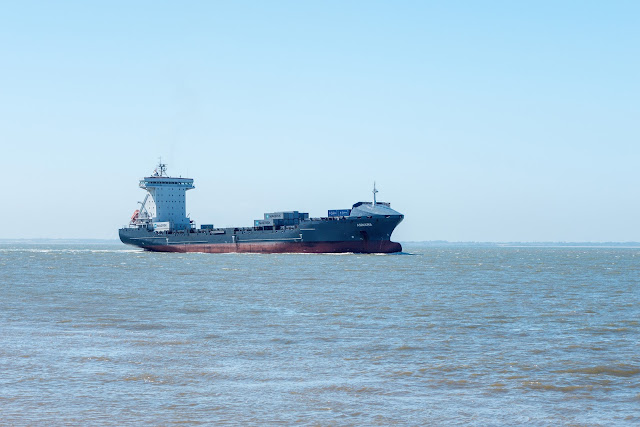Redgrave, South Lopham & Banham

Redgrave & Lopham Fen is an internationally important lowland valley fen with a unique landscape of spring-fed sedge beds, rush and grass meadows, wet and dry heath, woodland and pools. Home to insect-eating plants and Britain's biggest spider, the fen raft spider, this dramatic fenland landscape is one of the most important wetlands in Europe and the source of the River Waveney. The fen is an exceptional place for wildlife and a testament to the vision of those who battled to save it. It`s a wild watery landscape of sedge, rush, heath and hundreds of pools created over many centuries by local people as they eked out a living, digging peat for fuel and cutting reed and sedge for thatching. Talking of large spiders, here is an image I captured in 2010 on a visit. Not the best quality, but it does show the creature in its habitat. The Raft Spider is a large, chunky spider that lives around the edge of ponds and swamps. Adults sit at the edge of the water, or on flo...


